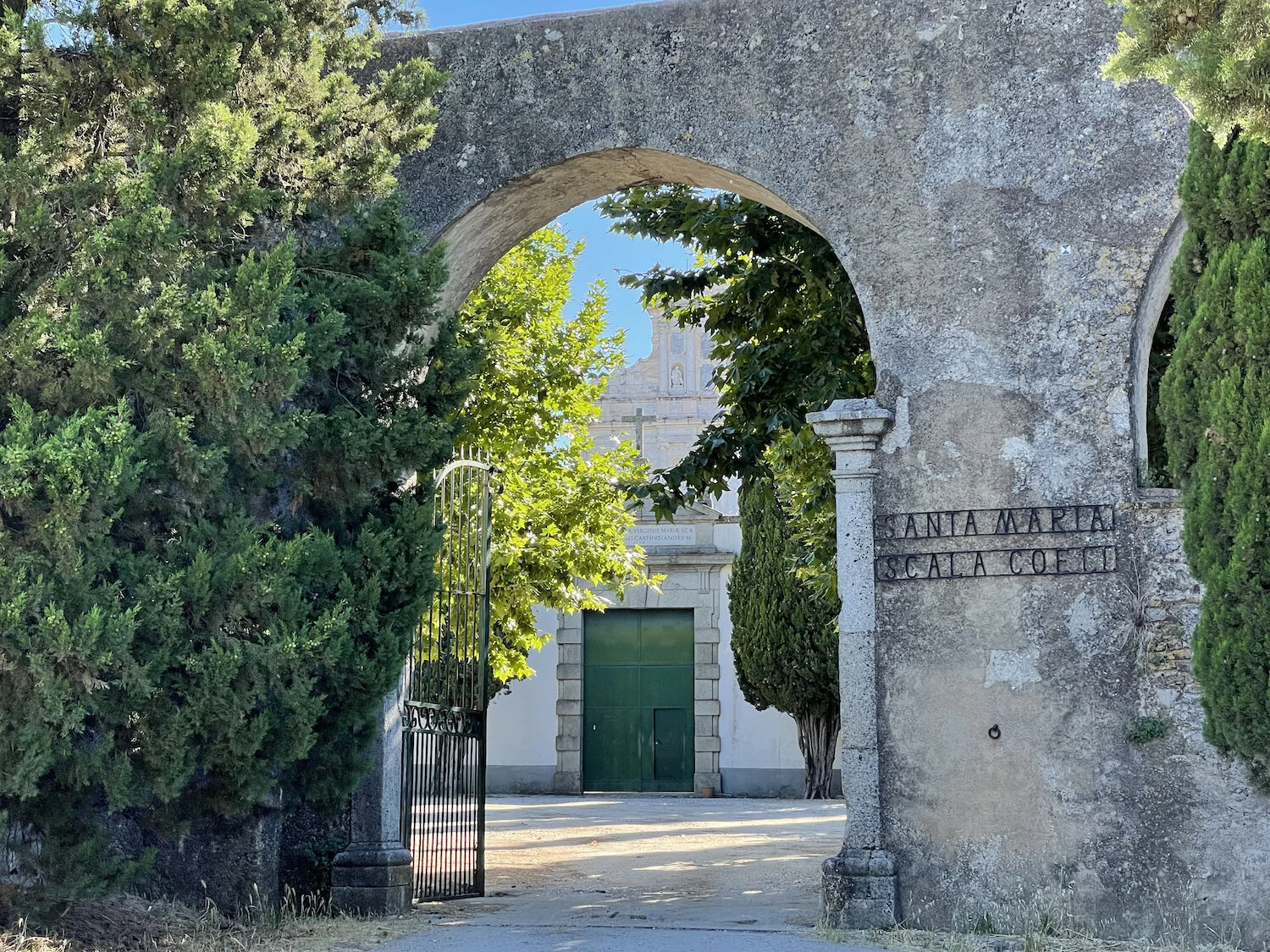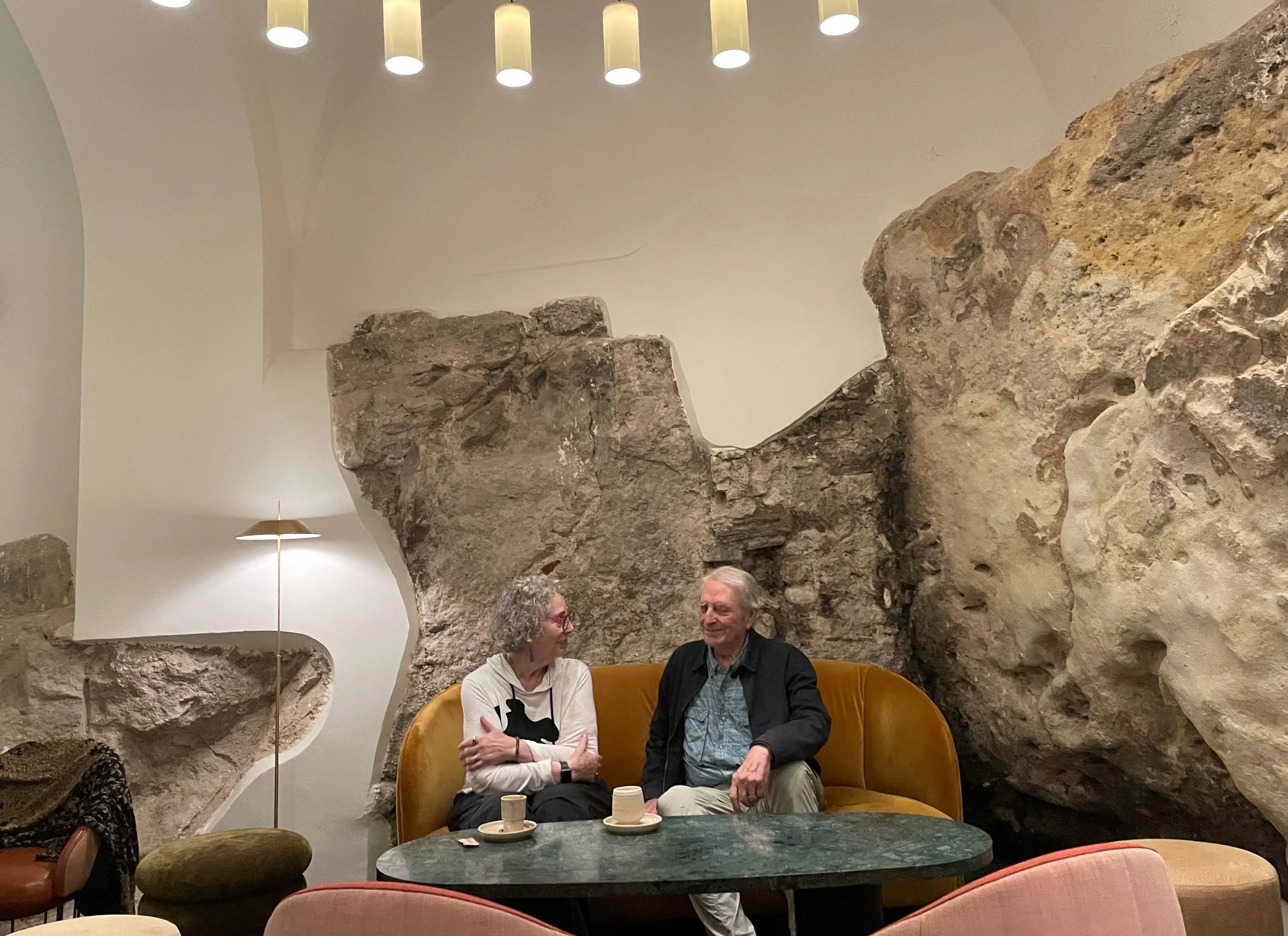I NEVER Go to Tourist Attractions
By Elyn Aviva
“I never go to tourist attractions,” a friend of ours recently proclaimed. Another one stated, “I avoid tourist sites like the plague.”
Their assertions started me thinking. And re-thinking.
Like our friends, my husband and I tend not to go to tourist attractions and are proud of it. After all, we write a guidebook series called “Powerful Places in….” We focus on transformative travel, not casual tourism. A “transformational” tourist attraction sounds like an oxymoron.
We live in Sintra, Portugal, a UNESCO Cultural Landscape World Heritage Site, filled with tourist attractions, including the natural beauty of Sintra Mountain, over-the-top 19th-century Romantic palaces and parks, and the 9th-century Moorish castle on a nearby peak. Sintra is an easy day trip from Lisbon, and it is one of the top-rated tourist attractions in Portugal. Trains pull into the Sintra station every 20 minutes or so. A gaggle of tuk-tuks (gas- or electric-powered modified golf carts), taxis, hop-on-hop-off buses, jeeps, and horse-drawn carriages converge at the station to whisk tourists away to some or all of the major sites.
Our next Powerful Places guidebook will be about Sintra, so naturally we are doing research to discover unusual, off-the-beaten-path sites. We have avoided the big tourist draws. But because of the comments of our friends, I began to re-think this strategy. After all, something more than savvy marketing makes the major tourist attractions. They really do attract people.
Unlike Disneyland, Sintra’s tourist attractions were built to be lived in, and the land where they were constructed has been inhabited for at least 7,000 years. Paleolithic and Neolithic people once lived in Sintra, as did ancient Iberians, Celts, Romans, Moors, and modern Europeans. Maybe there’s something here, I thought, something in the land, or something in the way these sites have been constructed….
I realized it was time to rethink my anti-tourist-attraction prejudice. I decided to start with a visit to one of the quintessential tourist locations, Quinta da Regaleira. The Quinta is an estate just outside of Sintra town, purchased in the early 20th century by “Millionaire Moneybags” Carvalho Monteiro. He was an extremely wealthy Brazilian-Portuguese businessman, lawyer, entomologist, nationalist, and Freemason. He hired Italian opera set designer Luigi Manini to create an esoteric masterpiece, an elaborate interactive stage set, on the 4-hectare (10-acre) estate.
Combining numerous architectural styles, including Classical, Gothic, Renaissance, and Romantic, Manini constructed a palace, chapel, numerous impressive fountains, and various towers, including a ziggurat. He covered the buildings with Masonic, Templar, alchemical, Christian, and Classical symbolism. He altered the landscape to build a waterfall, a small lake, grottos, and underground passageways.
Wandering along the meandering pathways through the estate is like taking a stroll through a gigantic fantasyland. But there’s more going on here than meets the eye—or, more accurately, there is an initiatic journey hiding in plain sight.
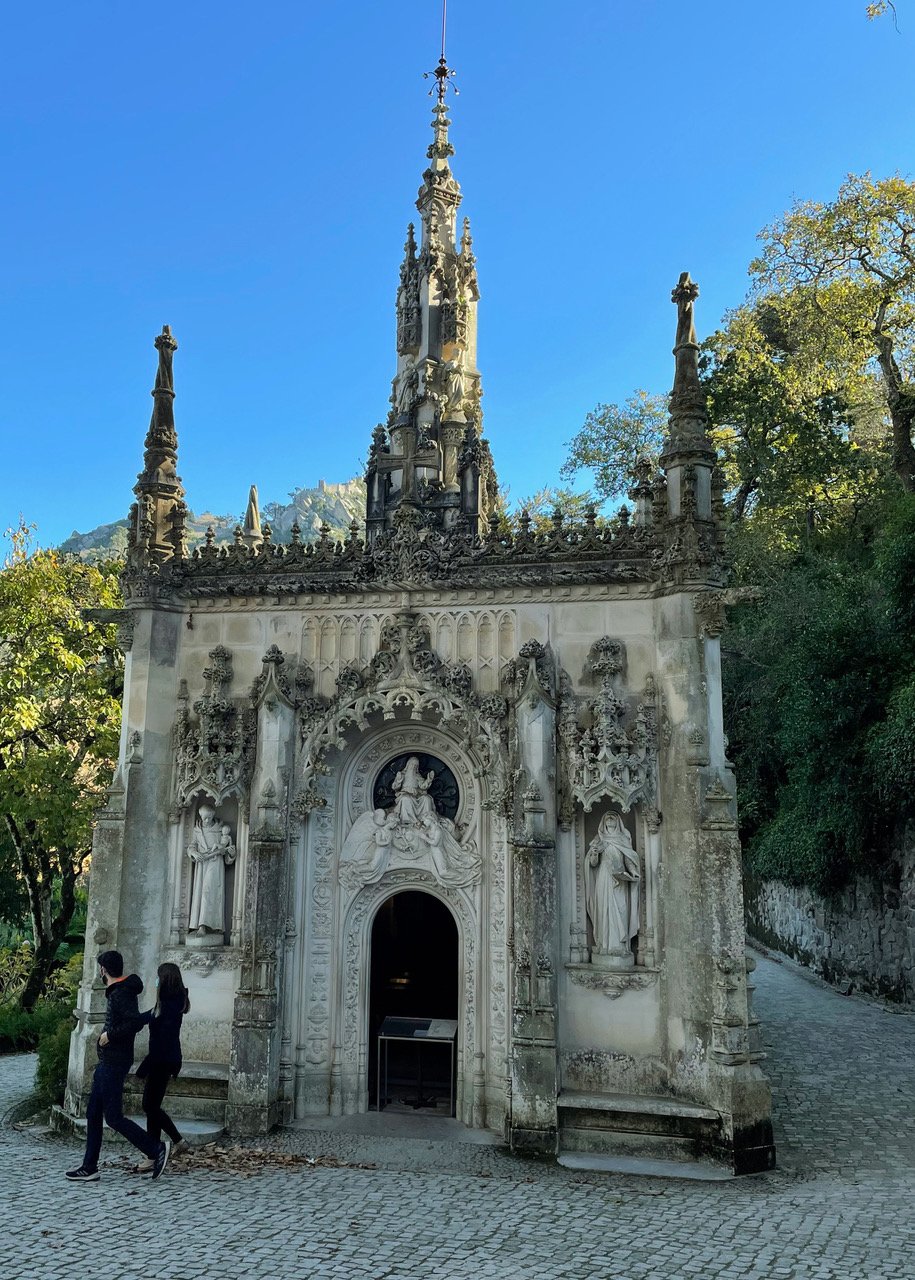
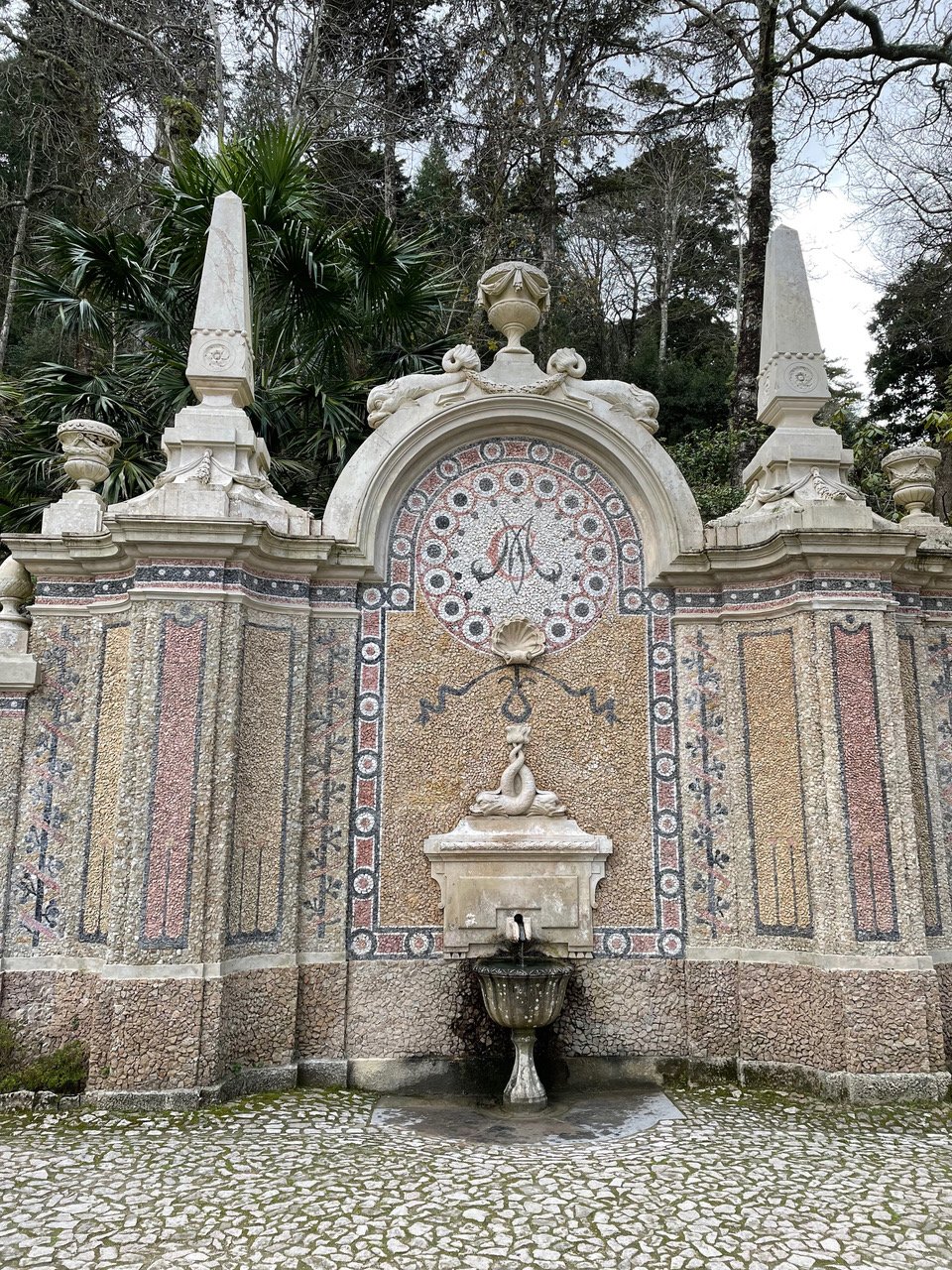
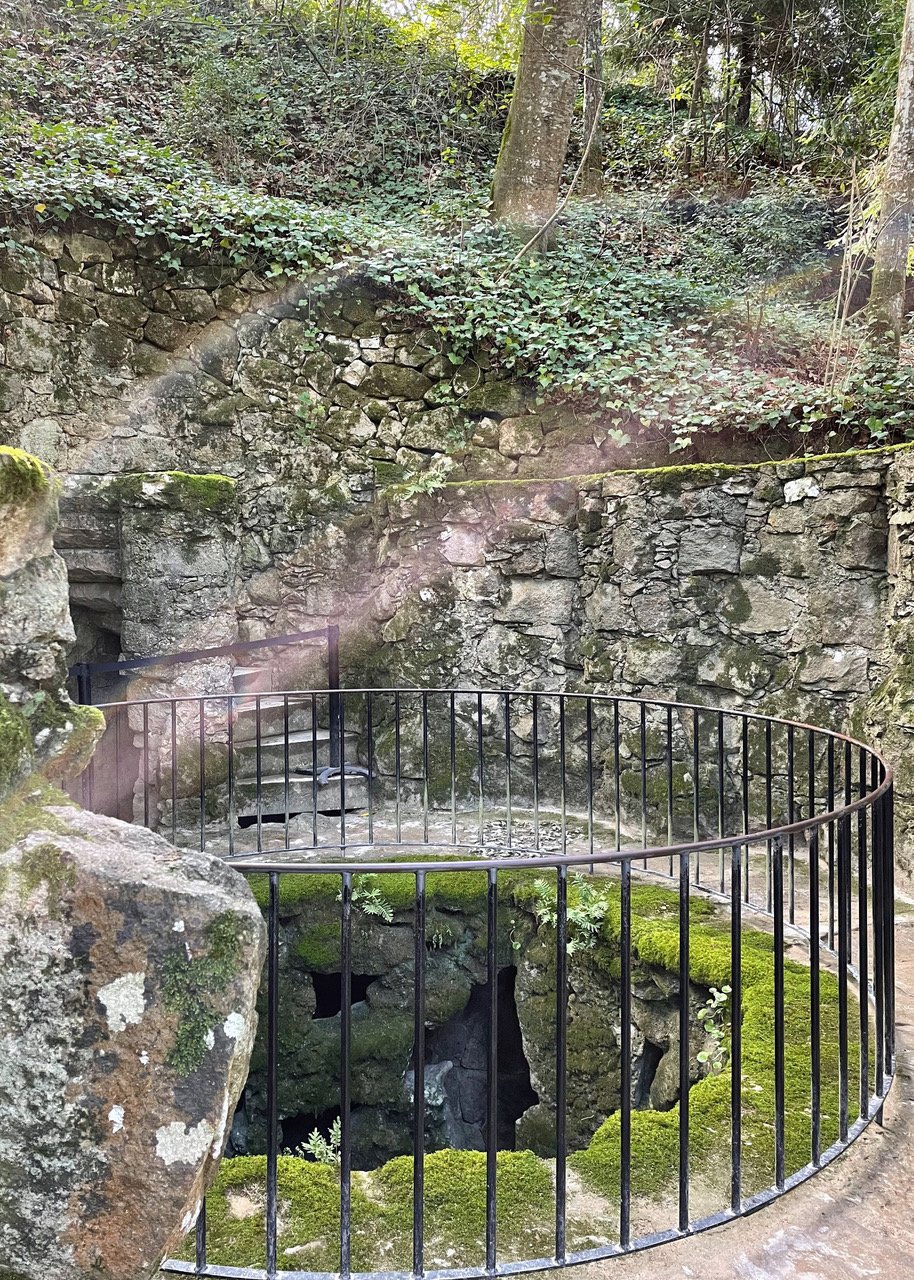
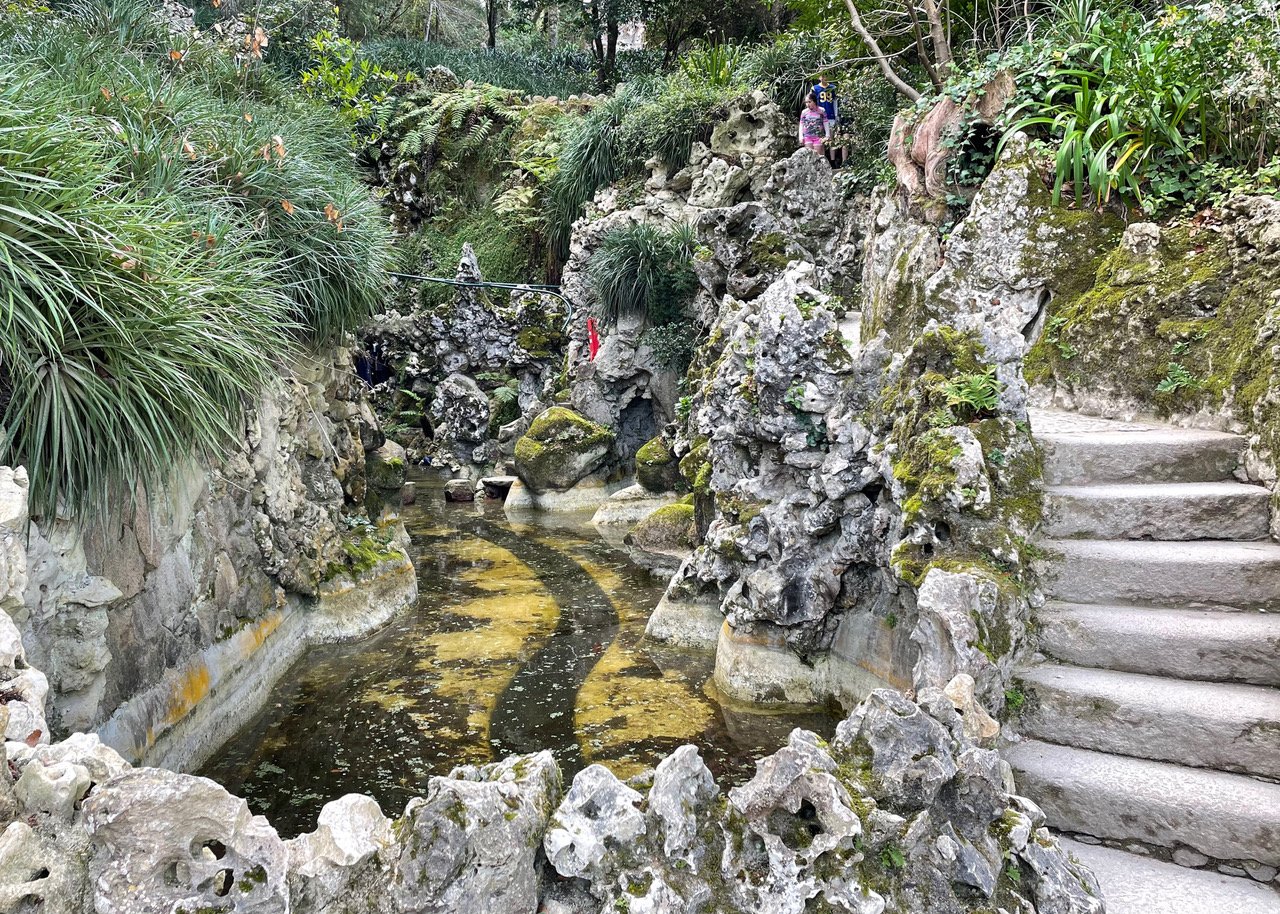
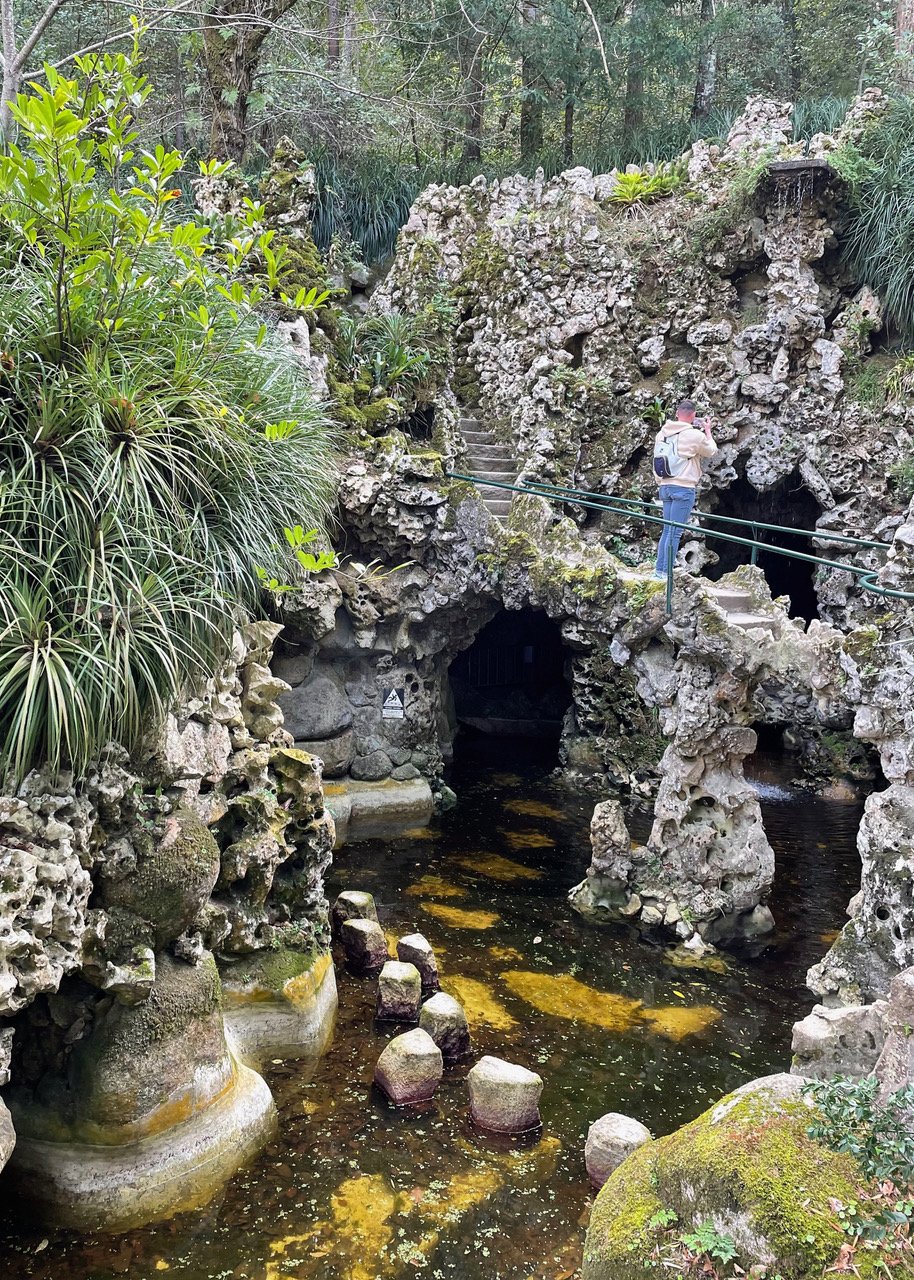
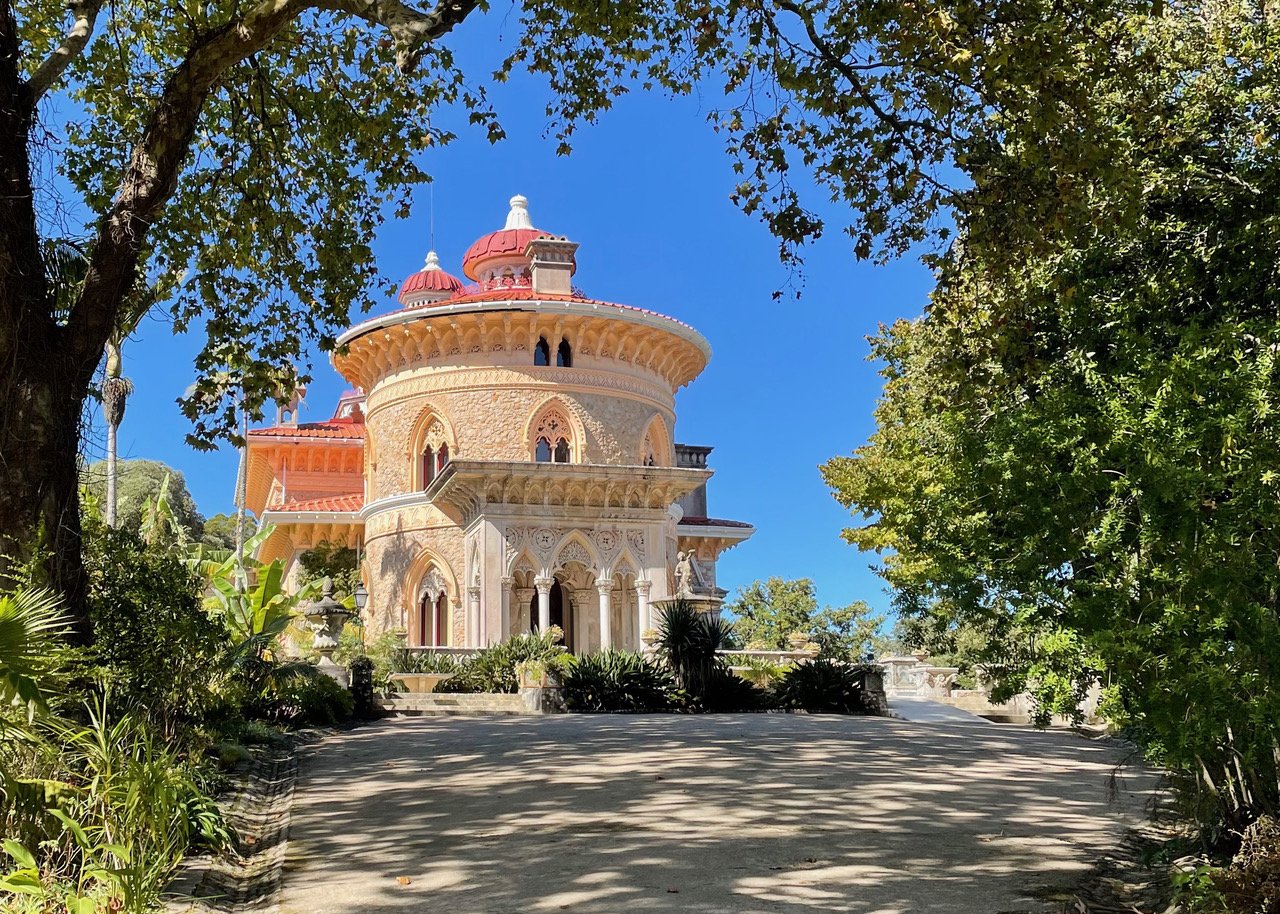
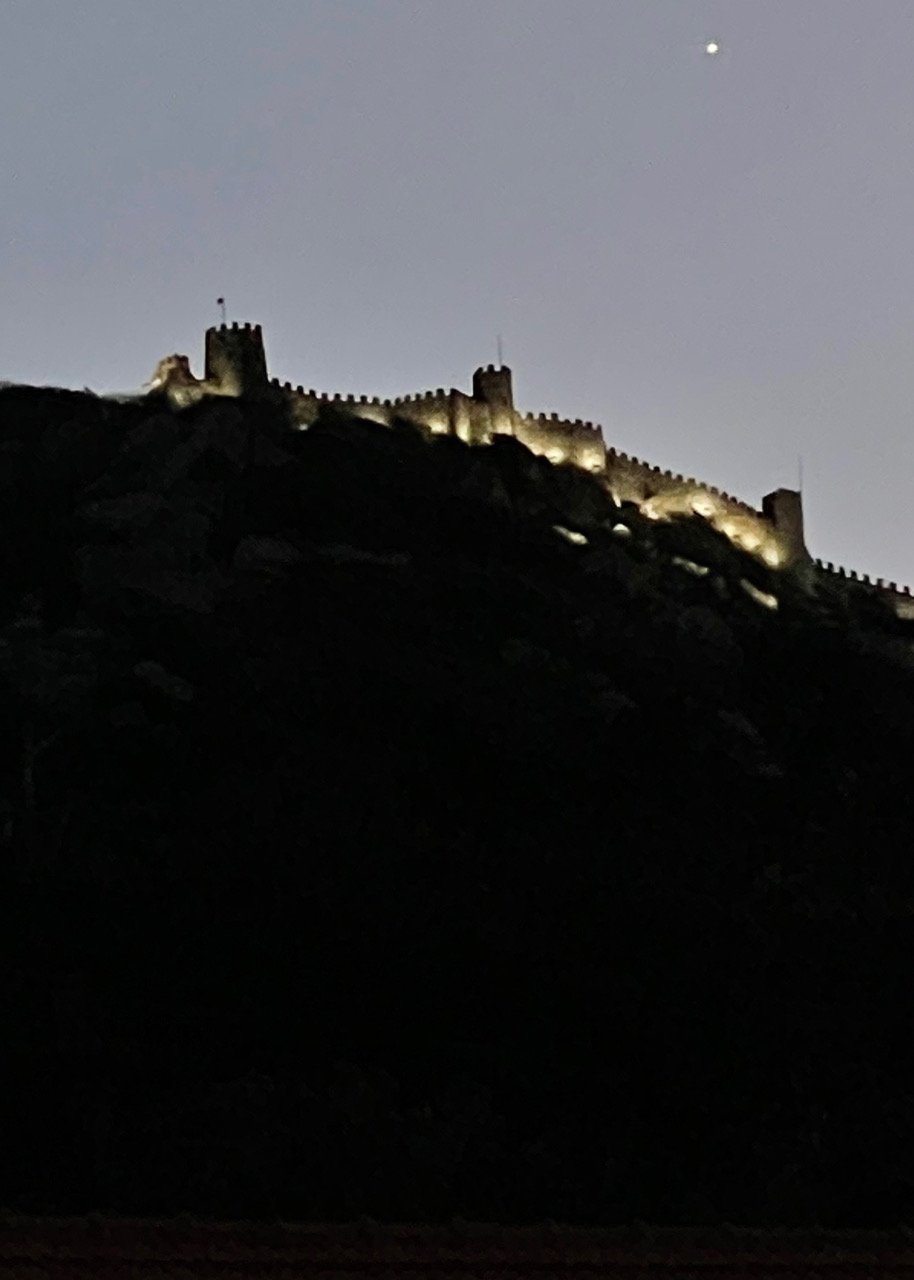
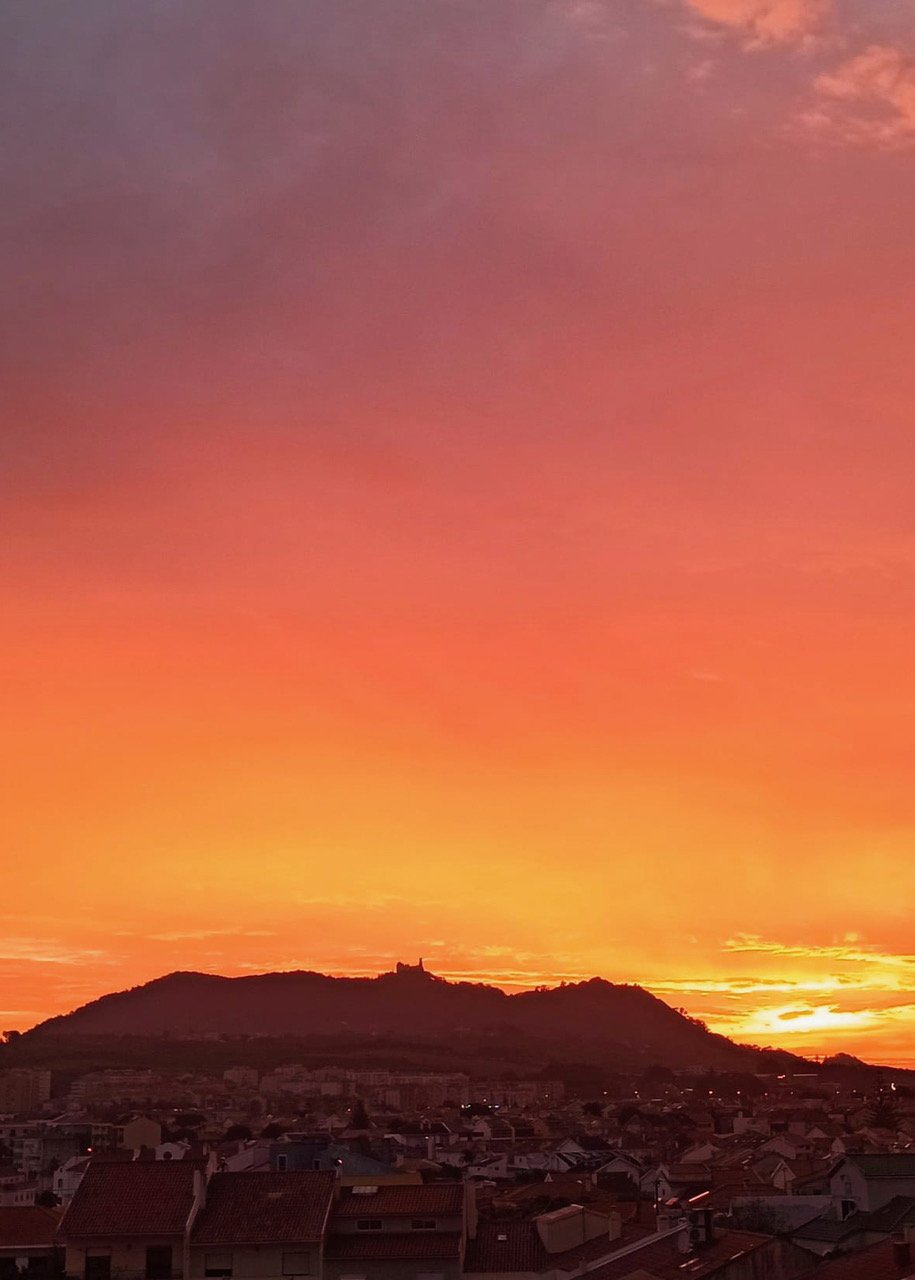
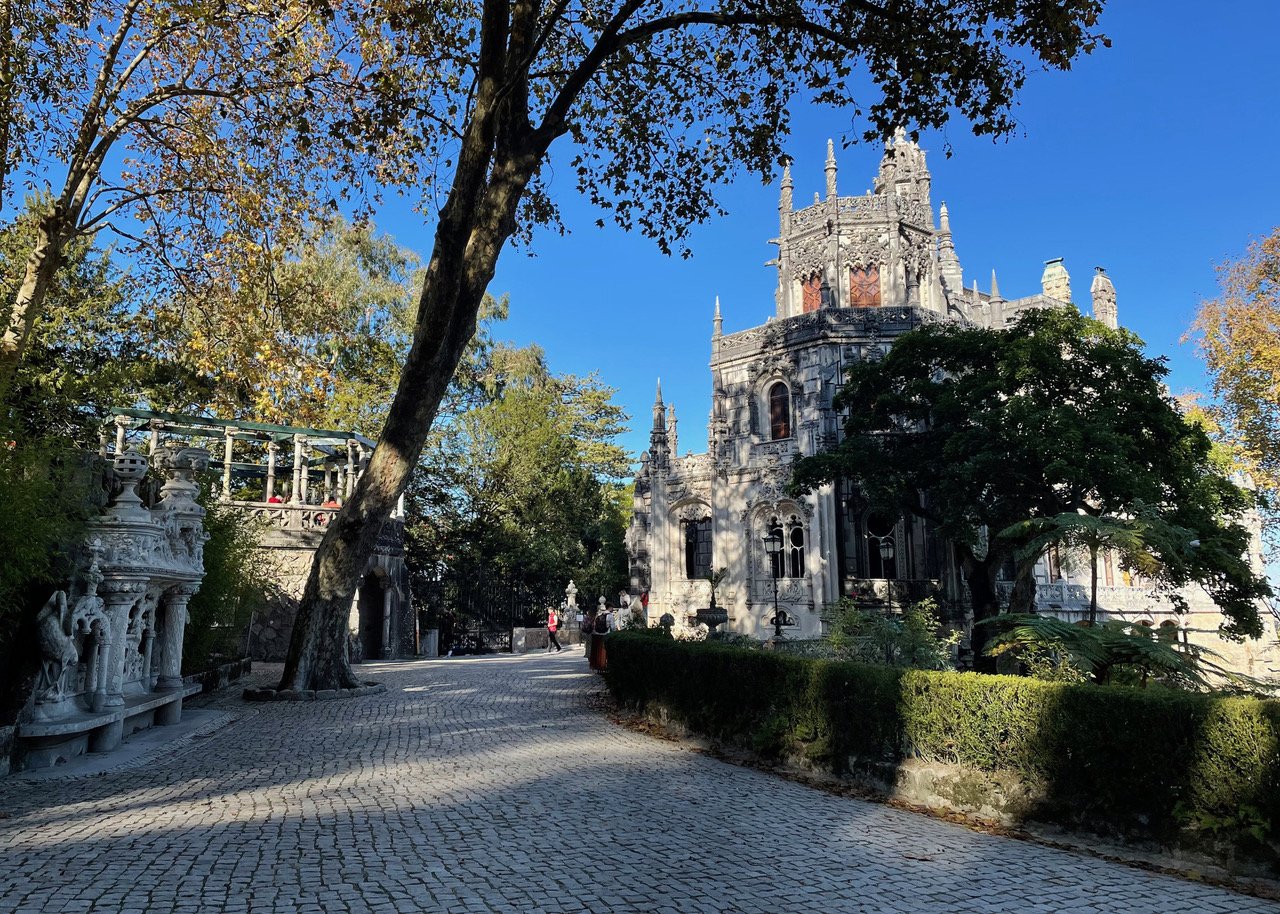
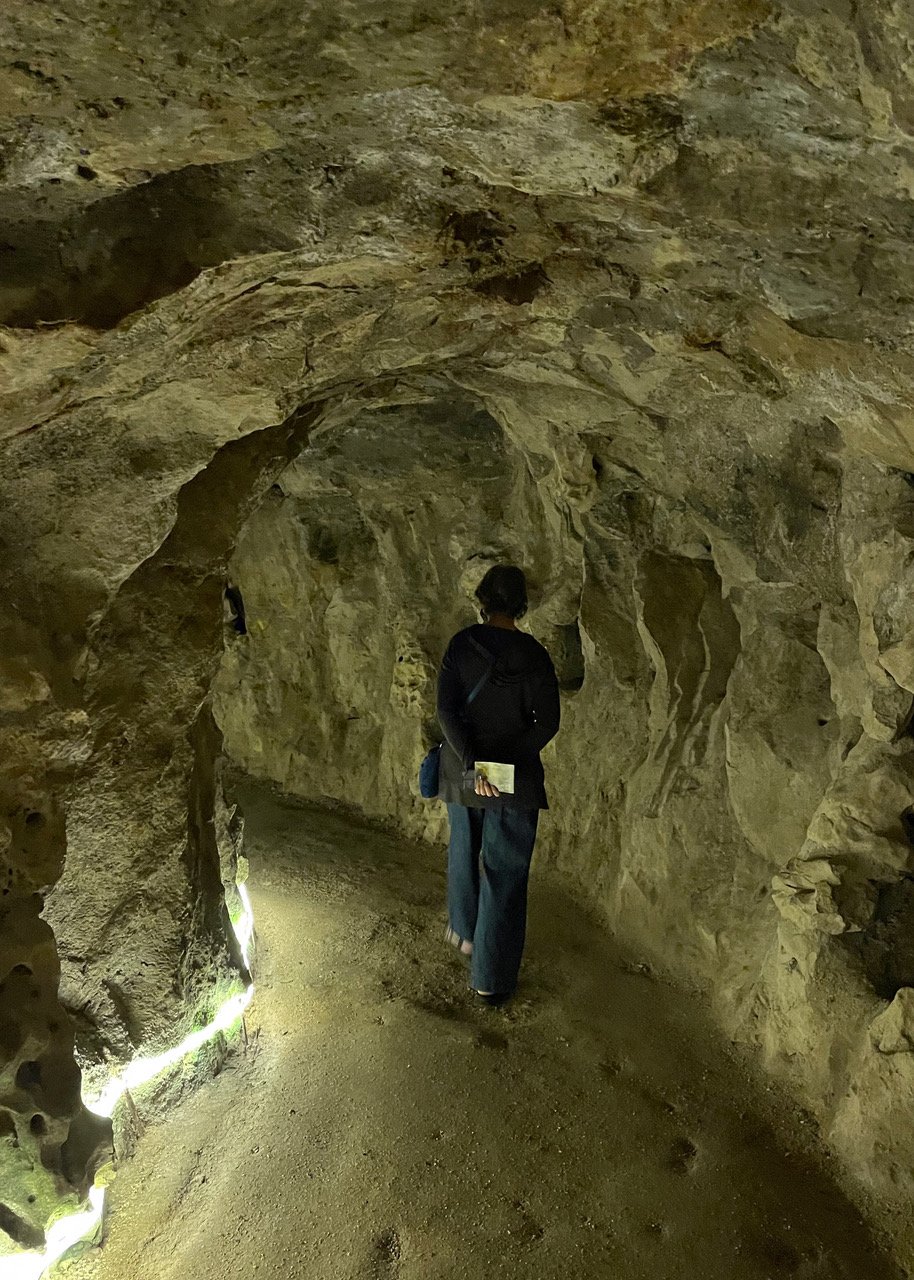
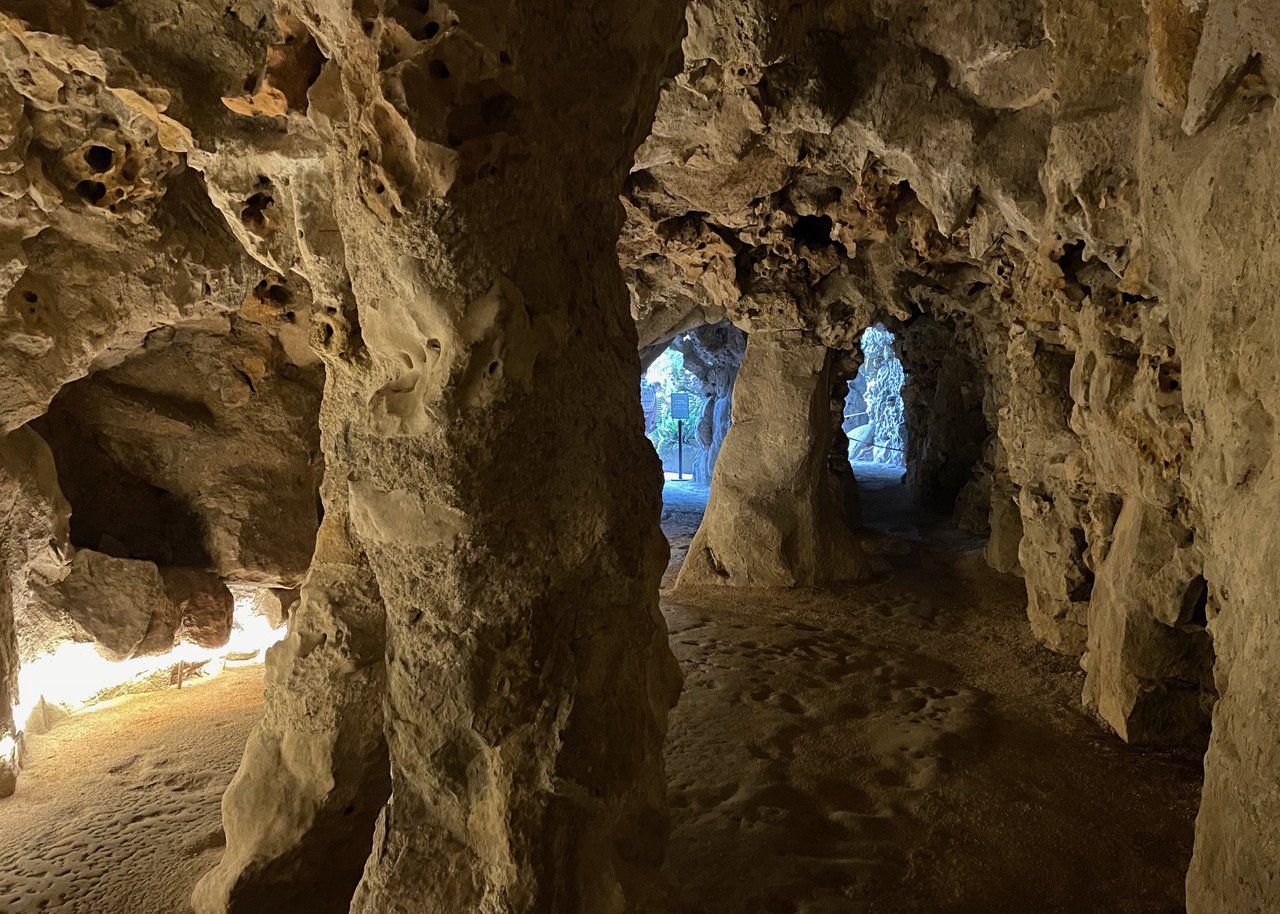

The piece de resistance is the Initiatic Well. It is built near the highest elevation of the estate and burrows 30 meters (98 ft) into the earth. The Initiatic Well was never intended to hold water. It is an inverted tower with a spiraling staircase that metaphorically leads down into the Underworld. It has nine landings (some count ten), 135 steps (some count 139), and 22 niches in the side of the wall that supports the staircase. All these numbers have numerological significance—including referencing the Tarot deck, the Knights Templar hierarchy, or maybe even the chakras.
The base of the well opens out into several underground passageways, which in turn lead to the Waterfall Lake (a reference to the classical River Styx that divides this world from the Underworld), the Imperfect Well (another inverted tower, but this one cannot be entered), and another tunnel that ends at the Grotto of the East.
The Initiatic Well can be experienced as just one more Disneyland-style construction. You may have to queue, waiting for your turn. The above-ground entrance is hidden within a faux dolmen, providing an air of mystery. The official guide cautions you to be careful during your descent and controls the number of tourists heading down at one time. Expectation builds. The stone staircase is dark and slippery, providing a thrill to children and adults alike.
Because I had done some research, I knew that what looks on the surface like an amusing tourist attraction is, in fact, a unique opportunity for transformational travel. The well was constructed as part of an elaborate initiatic journey from Darkness to Light, from Death to Rebirth, from material manifestation to spiritual elevation.
When my turn came, I set my intention, centered my awareness, and opened myself to the experience. I silently asked permission to enter this sacred space, and I stepped within.
As I descended into the dark depths, my legs started to shake. To steady myself, I kept one hand on the cold stone wall. I walked down slowly, puzzling over my unexpected reaction. I don’t like heights, but this wasn’t a height—it was a depth! And there was nothing scary about the view. Acrophobia wasn’t it.
Impatient tourists pushed around me, then paused in front of me, taking selfies of themselves leaning against the window arches that open into the center of the well. I leaned out and looked up at the blue disk of sky that got smaller at every turn of the spiraling descent. I looked down at the mosaic rose compass and cross at the bottom that got larger with every spiraling turn.
Trembling, I continued my gradual descent, shaky step by shaky step. At last I reached the bottom and moved away from the well to an underground passageway lit with tiny lights. My trembling stopped.
What, I wondered, had been going on? Had I been experiencing the accumulated energy held in the spiraling construction, much like a coiled spring holds energy? Had I felt the presence of the initiates who had taken this path before? Had the numerology built into the steps and landings and niches impacted me, even though I didn’t know what they meant? Was the well built here because of special telluric currents—maybe, even, a vortex?
All I knew for certain was that I would need to return here again and again. My initiatic journey had just begun.
Never visit tourist attractions? Imagine what I would have missed!
Elyn Aviva is a transformational traveler, writer, and fiber artist who is living in Sintra, Portugal, with her husband, Gary White. She has written numerous books on pilgrimage and powerful places. She and Gary co-author “Powerful Places” guidebooks. Powerful Places in Sintra will be published later this year. To learn more, go to www.pilgrimsprocess.com and “Elyn Aviva Writes” on Facebook.




